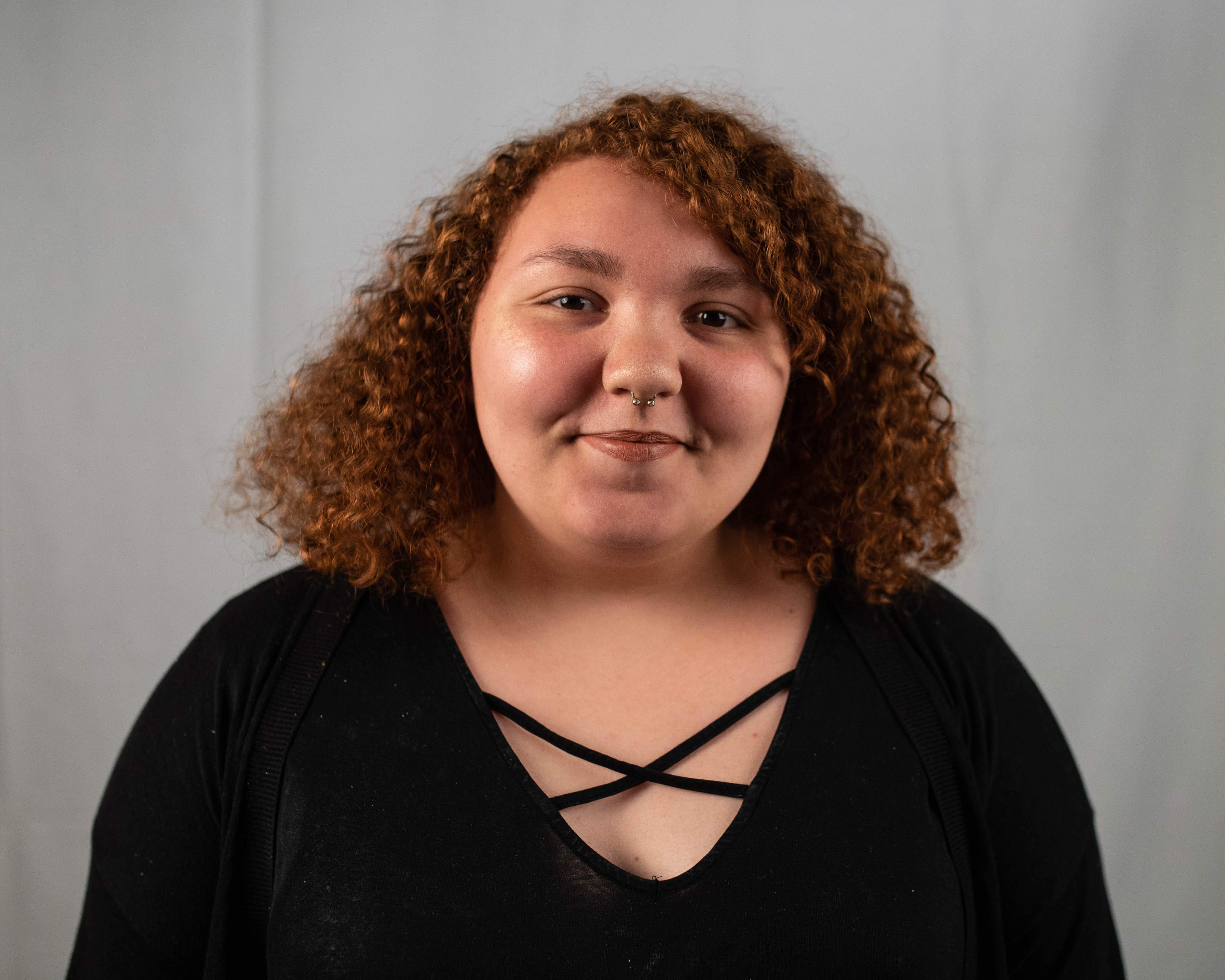
Are active-shooter drills helping students?
Mother Heidi Lee Pottinger said her 4-year-old son was at a football game last fall where the boy mistook celebratory fireworks for an active shooter in an interview with NBC News.
Pottinger said that her son sobbed during the incident and has been affected by it since. She tells NBC that now, when he plays with his toys, he practices active-shooter drills.
Her son is one of millions of children in America who have done active shooter and lockdown drills.
Active shooter drills came into existence after the Columbine massacre in 1999. However, people have questioned whether or not the drills are effective, or if they are doing harm instead.
Of course, general lockdown drills have been a concept for a long time. In elementary through high school, I remember practicing hiding behind desks and away from windows for any danger that may come. While the idea of practicing these procedures may seem like a great idea, the possible effects on children seem to be extreme.
Even President Trump, who has expressed support for arming teachers, has warned against the active-shooter drills.
During a White House meeting, he said, “If I’m a child and I’m 10 years old, and they say we’re going to have an active-shooter drill…I think that’s a very negative thing…I don’t like it.”
Drills have intensified as well. Some schools using fake blood as well as firing blanks at students.
Personally, I think that the procedure practice may be good for students, but that the fake blood and firing blanks at students is too extreme, and will surely become a more traumatic experience than the schools intended.
The idea behind the active-shooter drills is to make sure that students don’t experience the traumatic experience of an active-shooter situation, but the drills themselves may do just that.
